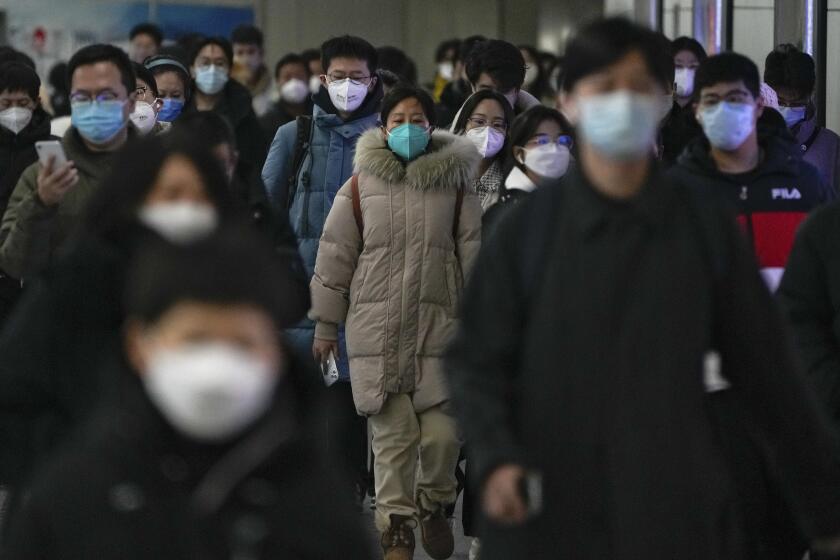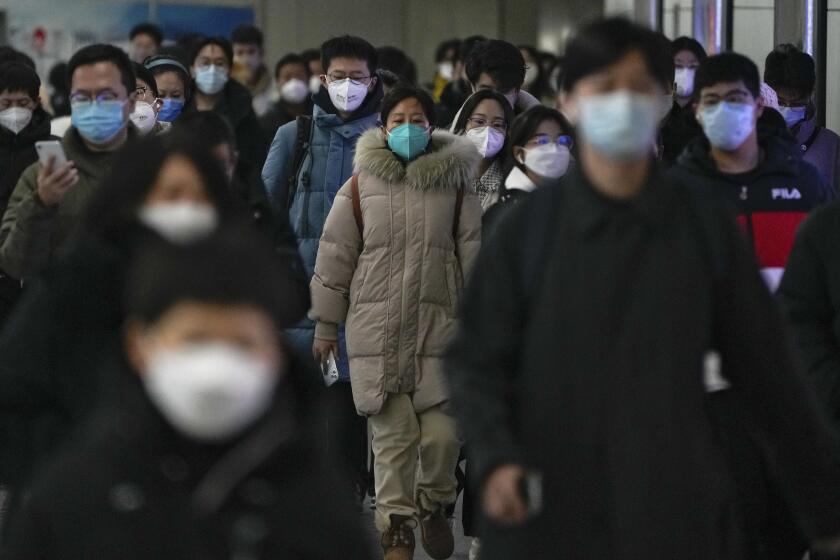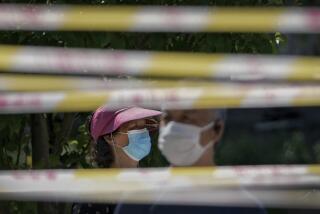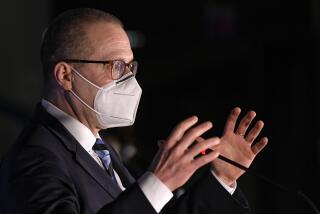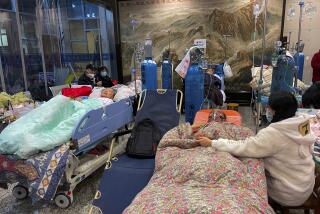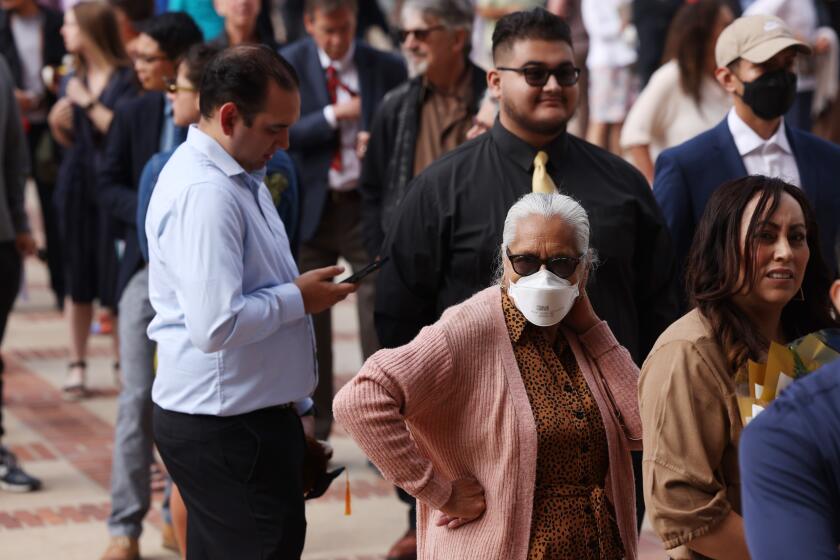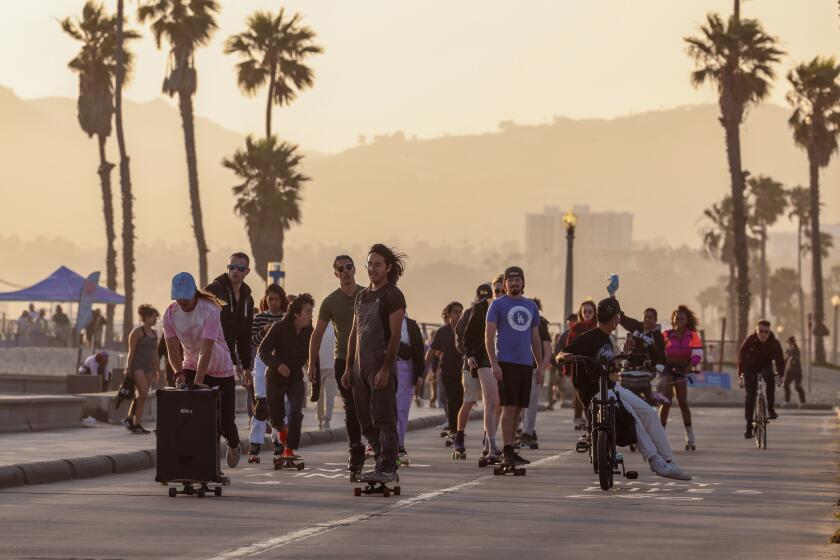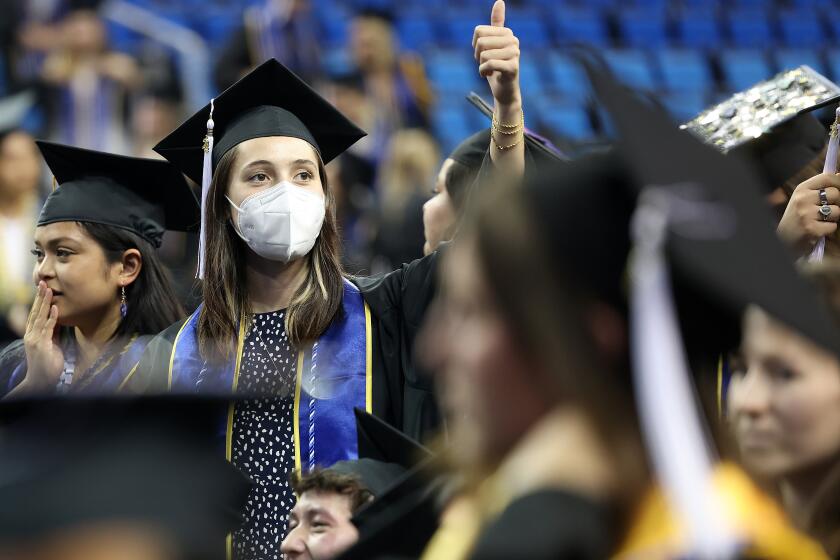A Beijing hospital runs out of beds amid a COVID surge in China

Patients, most of them elderly, are lying on stretchers in hospital hallways and taking oxygen while sitting in wheelchairs as a COVID-19 outbreak stretched public healthcare resources in China’s capital, even after the wave’s reported peak.
The Chuiyangliu hospital in eastern Beijing was packed with newly arrived patients Thursday. By midmorning, beds had run out, even as ambulances continued to bring those in need. Hard-pressed nurses and doctors rushed to take information and triage the most urgent cases.
The crush of people seeking hospital care follows China abandonment of its most severe pandemic restrictions last month after nearly three years of lockdowns, travels bans and school closures that weighed heavily on the economy and prompted street protests not seen since the late 1980s.
The outbreak appears to have spread the fastest in densely populated cities first. Now, authorities are concerned as it reaches smaller towns and rural areas with weaker healthcare systems. Several local governments began asking people Thursday not to make the trip home for the upcoming Lunar New Year holiday, signaling lingering worry around opening up.
Overseas, a growing number of governments are requiring coronavirus tests for travelers from China, saying they are needed because the Chinese government is not sharing enough information on the outbreak. The European Union on Wednesday “strongly encouraged” its member states to impose pre-departure COVID-19 testing, though not all have done so.
Italy — where the pandemic first exacted a heavy toll in Europe in early 2020 — was the first EU member to require coronavirus tests for airline passengers coming from China, but France and Spain quickly followed with their own measures. That followed the imposition by the U.S. of a requirement that all passengers from China show a negative test result obtained in the 48 hours before departure.
Could the COVID-19 surge in China unleash a new coronavirus mutant on the world. Maybe it could. Maybe not.
China has criticized the requirements and warned of countermeasures against countries imposing them.
World Health Organization Director-General Tedros Adhanom Ghebreyesus said Wednesday that he was concerned about the lack of outbreak data from the Chinese government.
At a daily briefing Thursday, Chinese Foreign Ministry spokesperson Mao Ning said Beijing has consistently “shared information and data with the international community in an open and transparent manner.”
“At present, China’s COVID-19 situation is under control,” Mao said. “Also, we hope that the WHO secretariat will take a science-based, objective and impartial position to play a positive role in addressing the pandemic globally.”
Several local governments in China have encouraged people with mild cases of COVID-19 to keep on going to work as the economy struggles to improve.
The terse language from China and the WHO contrasts sharply with what critics in the U.S. Congress and elsewhere called an overly friendly relationship between the two as the United Nations health organization sought to probe the origins of the pandemic.
Though the first cases were reported in the central Chinese city of Wuhan in late 2019, China has claimed that the coronavirus originated in the U.S. or Europe, and it has been accused of withholding data that could help narrow the search for the origin.
In dealing with the latest outbreak, China has sought to get more of its elderly population vaccinated, but those efforts have been hampered by past scandals involving fake medications and previous warnings about adverse reactions to the vaccines among older people.
Meanwhile, local authorities in some areas are appealing to the public to avoid traveling during this month’s Lunar New Year holiday, as the last formal restrictions on movement are lifted.
First-time protesters in China grapple with how much agency they can wrest from an authoritarian government after the largest demonstrations since 1989.
“We recommend that everyone not return to their hometowns unless necessary during the peak of the outbreak,” the government of Shaoyang county in Hunan province in central China said in a notice Thursday. “Avoid visiting relatives and traveling between regions. Minimize travel.”
Similar appeals were issued by Shouxian county in Anhui province, southeast of Beijing, and the cities of Qingyang, in Gansu province in the northwest, and Weifang, in Shandong on the east coast.
The appeals, which recalled the last few years of strict pandemic restrictions, showed that some officials remain nervous about lifting them too quickly.
The Weifang government notice said residents should celebrate the holiday with video and phone gatherings.
Breaking News
Get breaking news, investigations, analysis and more signature journalism from the Los Angeles Times in your inbox.
You may occasionally receive promotional content from the Los Angeles Times.
“Avoid visiting relatives and friends to protect yourself and others,” it said.
Despite such concerns, Hong Kong announced that it would reopen its border with mainland China on Sunday and allow tens of thousands of people to cross from each side every day without being quarantined. It was unclear what restrictions people traveling to the mainland side would face.
The city’s land and sea border checkpoints with the mainland have been largely closed for almost three years, and the reopening is expected to provide a much-needed boost to Hong Kong’s tourism and retail sectors.
More to Read
Start your day right
Sign up for Essential California for news, features and recommendations from the L.A. Times and beyond in your inbox six days a week.
You may occasionally receive promotional content from the Los Angeles Times.
